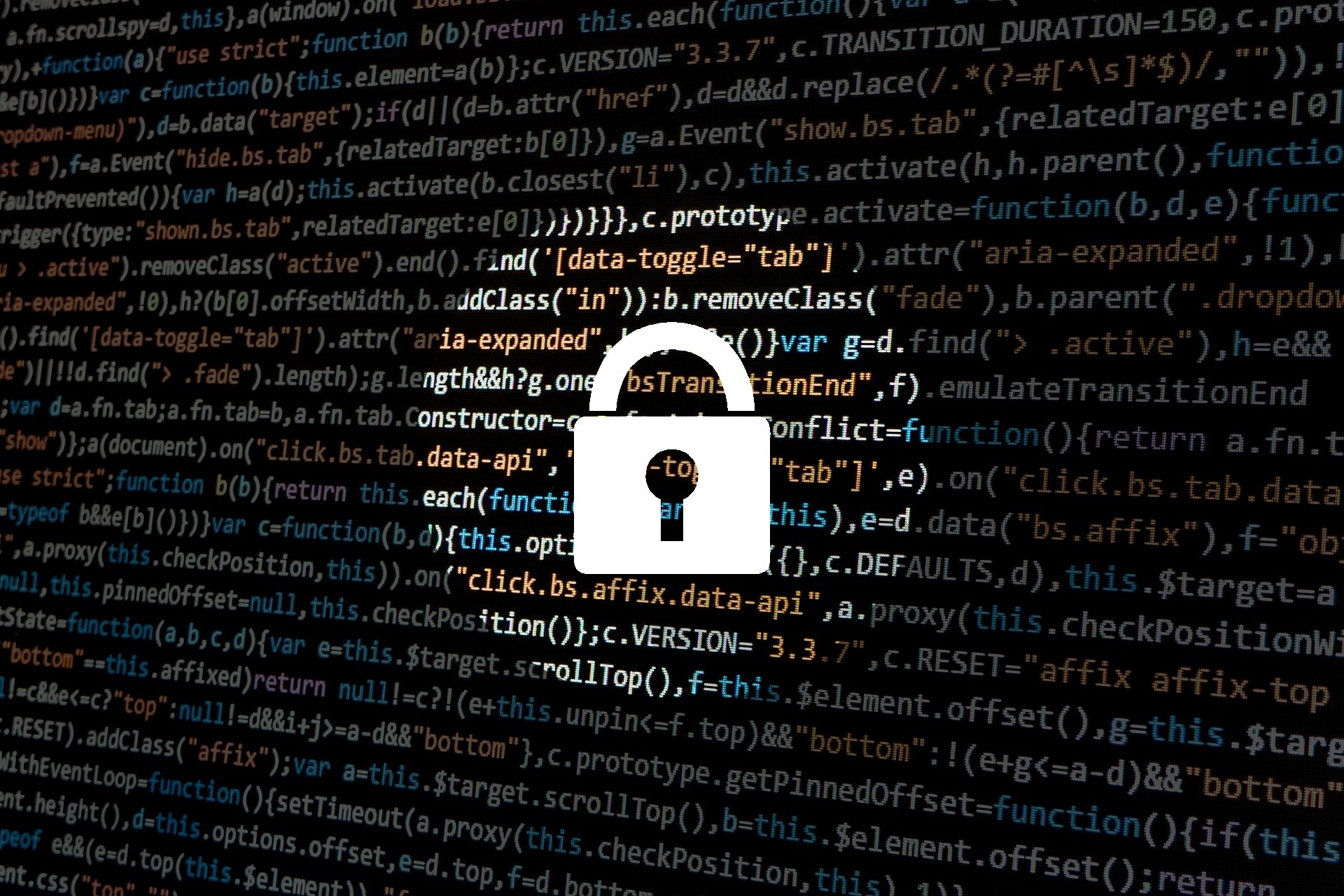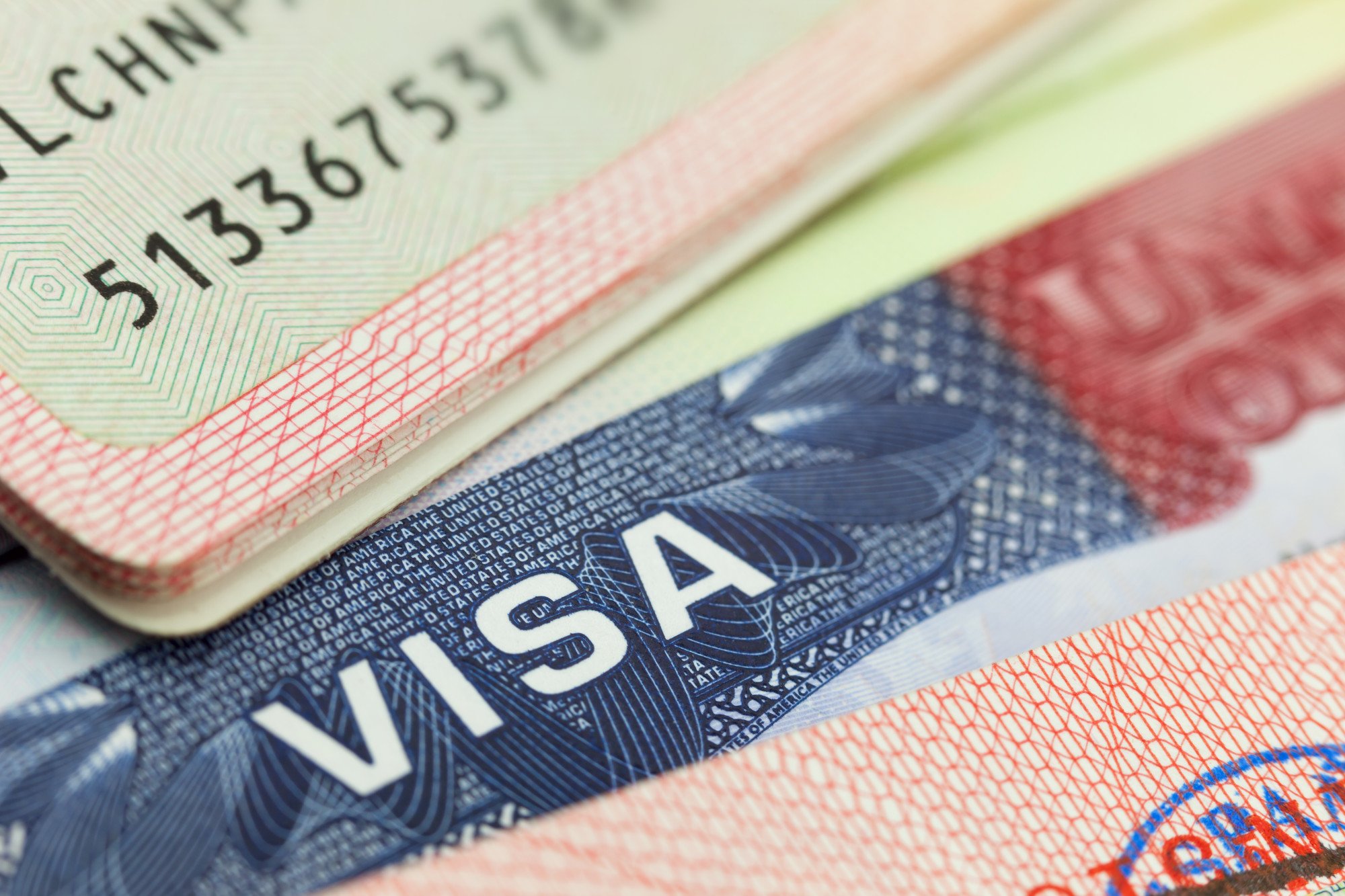
Traveling with your laptop is appealing and convenient due to its portability. You can bring your work files and projects wherever you go without too much effort.
But this is also dangerous because you may be putting your laptop at risk. For instance, a laptop gets stolen every 53 seconds.
Aside from the risk of theft or damage to the device you also have to contend with risks of identity theft and data breach. These security threats can cause major damages to you and your family or business.
These can occur due to small mistakes that are easy to ignore and set aside. Do you want to fortify your laptop security while on vacation? You better make it a point to avoid these small blunders.
1. Clicking Suspicious Links
One of the ways to compromise your laptop security is by clicking on suspicious links. They come in different forms when surfing the web for anything. They often mislead you into downloading malware and other common cyber threats into your system.
Once the malware gets in, you end up giving away personal information that might lead to identity theft and fraud. Other risks also include file corruption or software malfunction. You are putting your laptop under siege due to ransomware.
Stick with trusted and reliable websites to avoid these kinds of situations. When you see a link that you don’t trust, do not let your curiosity get to you. When in doubt, do not click.
2. Avoiding Updates
A sure-fire way to leave your laptop vulnerable is by ignoring important system updates. That also includes software and security updates.
Regular operating system updates provide security features that prevent data leaks. It is a safer option to have your software updated than sticking to your current one. This way, you can protect your laptop from various vulnerabilities.
This is also important when using anti-virus software. The best ones work at their peak with automatic updates. These updates increase their potency and protective capabilities.
Before traveling, make sure to install these updates if you plan to bring your laptop.
3. Not Using Two-Factor Authentication
A security feature that people often use is the two-factor authentication system. This prevents your accounts from getting hijacked, protecting you from potential theft. Although the tendency of a few users is to ignore this due to it being bothersome.
Combine this with using the same password across many accounts and you only up the risk. You make it very tempting for hackers to compromise your now vulnerable accounts. One of the ways to prevent this from occurring is to have two-factor authentication.
4. Using the Same Password on Multiple Accounts
Using the same password across your other accounts can pose a whole load of problems for your security. Most people start doing this due to convenience as they don’t care to memorize too many passwords. This vulnerability, however, means that once one password cracks, all the rest of your accounts using the password crack as well.
The best way to counter such a risk is to have your passwords changed periodically. For instance, have these passwords changed every six months or so.
5. Using Open, Unsecured Wi-Fi
This is not an issue if you are at home as you use a secure network, such as the one provided by Glo Fiber. It is tempting to get connected right away while traveling is high and the Wi-Fi is free. But know that those networks have no security measures.
In those instances, you end up vulnerable to data loss, hacking, and other security threats. Hackers masquerade malware-ridden access points as Public Wi-Fi hot spots from other establishments like coffee shops.
As a rule of thumb, do the personal transactions (such as paying bills or checking your tax return) at home. Also, consider using a Virtual Private Network (VPN) to protect your information. A VPN helps with encrypting the data you send and receive online.
6. Leaving Your Webcam Unprotected to Attacks
Webcams are also open to attacks by hackers, which is a grave risk to your privacy and security. These involve the use of certain malware to access your computer remotely.
With it, they gain the ability to enable your webcam. Unlike other network-enabled devices, your webcam doesn’t have the same protection setup as your other devices.
You would know that the webcam is on when you see the light is on. Taping it will not do any good.
7. Not Having a Secure Container/Bag
Your laptop also needs physical protection from outside forces. It is prone to damage without the proper protection that a secure container provides.
What you need is a case for laptops that provides ample protection and cushioning. This way, you don’t have to worry about damaging it during transport. Also, have a security cable lock on to prevent the laptop from getting stolen.
8. Not Having Data Backups
One of the risks that could happen is data loss, either due to the damage on the laptop or on the system itself. Without a backup, you lose your files and important information. All without a means of retrieving them.
To prevent such a situation, make sure to have backups ready. Avail of spare external hard drives. Or use cloud storage to ensure you have important files secured during such a crisis.
If ever you have no plans of using sensitive files during your trip, delete any copies within the device. That way, in the event that the laptop gets stolen, you don’t have to worry about those essential files as your backup has them stored safely
Maintain Your Laptop Security While on Vacation
Whether you are at home or off on a trip with the family, do not skimp on your laptop security. As long as you avoid these mistakes and blunders, you can keep your information safe and not worry about damages. Take these preventive measures before traveling.
Did you find this useful? We also have other articles on technology and gadgets. Check them out and read them today to discover more tips and tricks!





